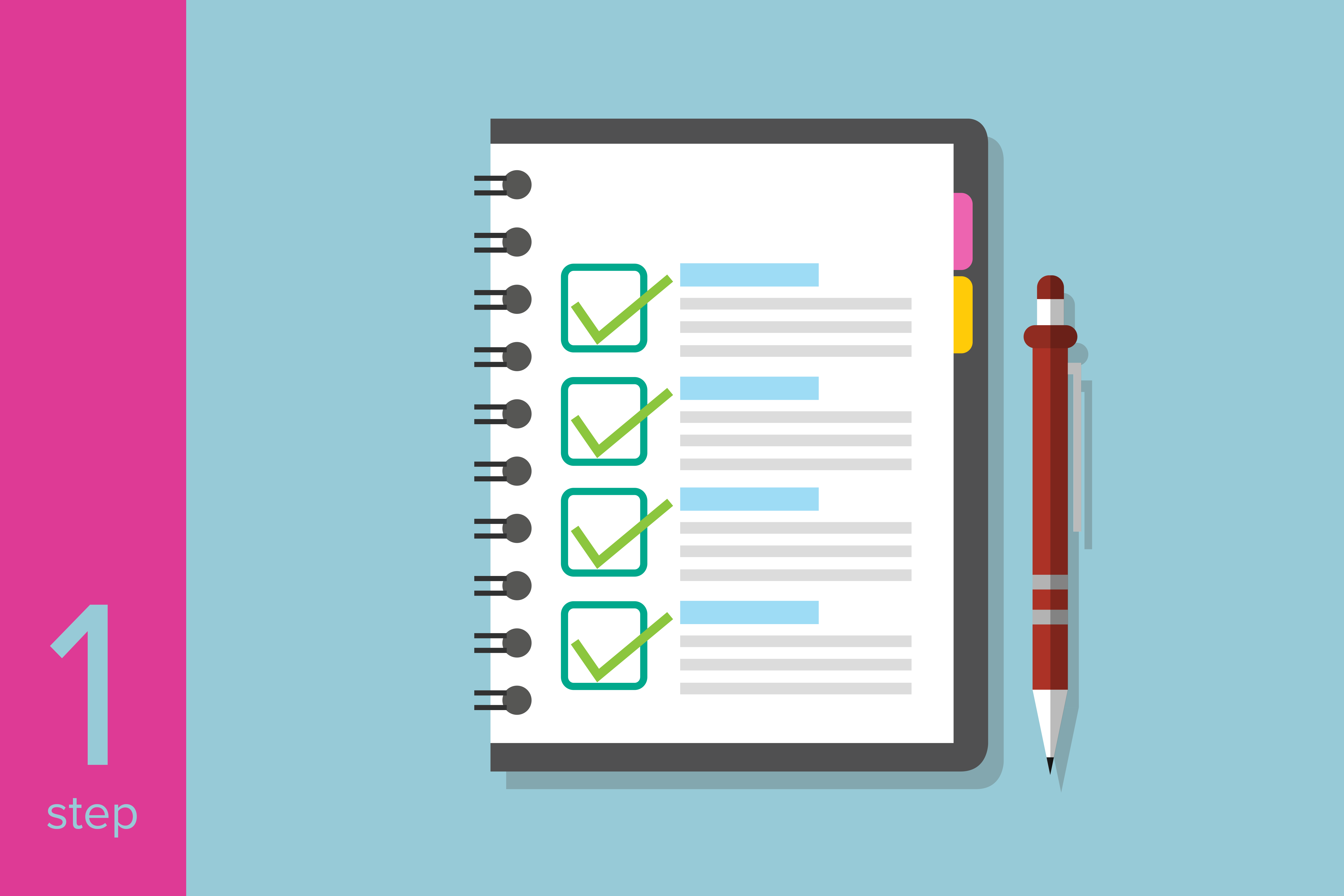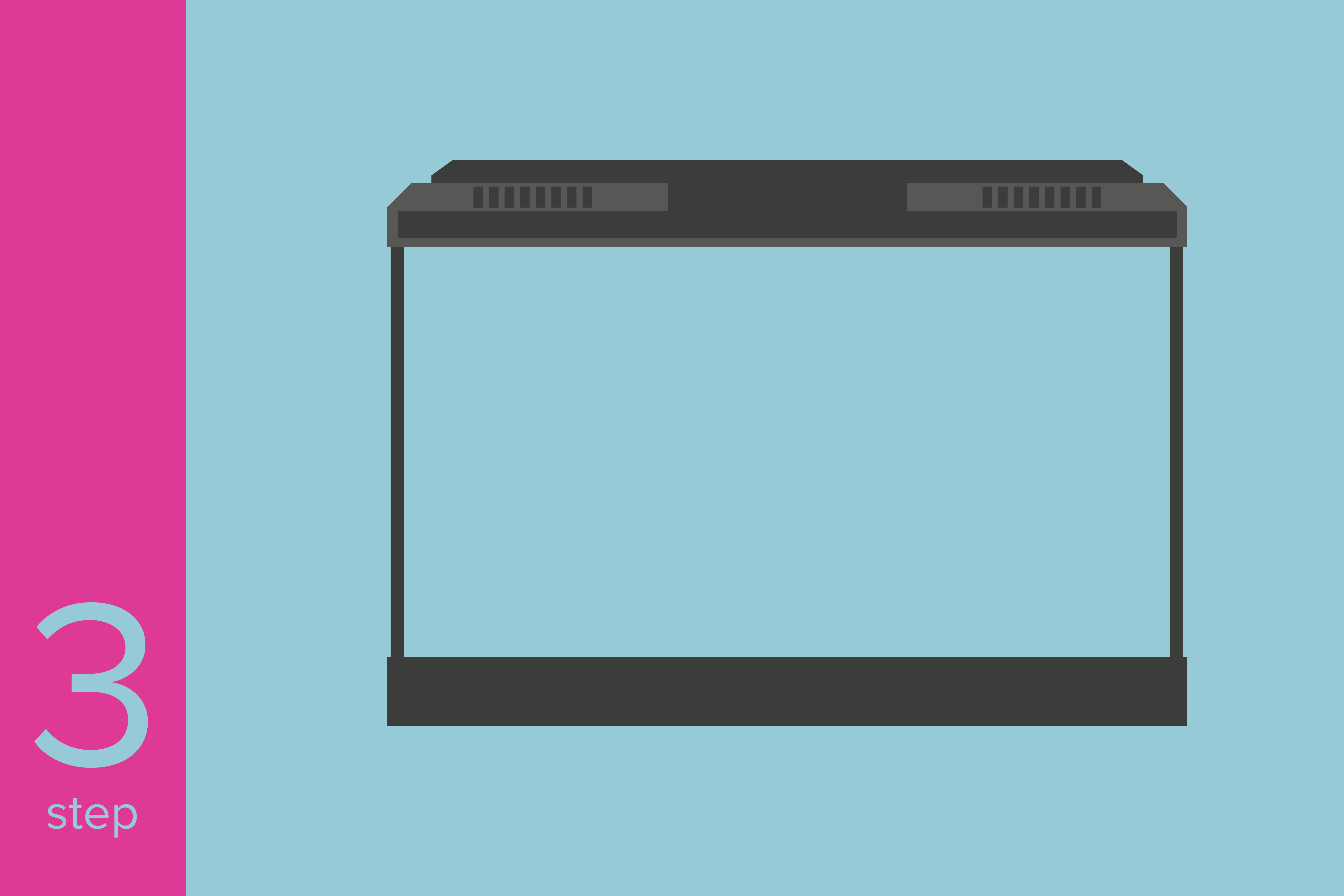Picking food for fussy dogs can be frustrating. The first step is to ensure you are feeding your dog a complete and balanced diet. Generally speaking, smaller dogs tend to be pickier eaters than larger breeds. It is helpful to....
Read MoreAquarium basics for successful fishkeeping
Aquarium basics involve setup needs which have to be proper from the start. Choose compatible fish species to create the right aquarium dynamic.
Below is a handy checklist of what to look for when setting your first aquarium.
How To Set-up An Aquarium In 8 Easy Steps

plan the aquarium
In aquarium basics, the bigger the tank, the better the aquarium. Larger aquariums are actually easier to care for. The more water you have, the easier it is to maintain “balance” in the water’s environment. Ideally, start from a 20-gallon aquarium.

prepare essential aquarium equipment
FILTER. The heart of the tank that provides clean water.
HEATER. Fish can’t produce their own body heat, so they rely on the temperature of the water. That’s why a heater is essential.
THERMOMETER. The average ideal temp for freshwater tropical fish is 78º F.
LIGHTING. On average, leaving an aquarium light on for 10 is ideal.
GRAVEL / SUBSTRATE. Besides adding natural beauty, gravel lines the bottom of the tank and gives beneficial bacteria a place to live. This bacteria help break down the wastes fish create. Generally, allow one pound of gravel for each gallon of water.

prepare the tank
Once equipment essentials are purchased, the tank is ready for set up.
Ensure the tank is clean before adding water. For a new tank, simply use a damp cloth to wipe off any dust.
Never use soap or detergents to clean your tank.
Be mindful that any equipment to use for the tank is free from any household chemicals or other products.
Position your away from direct sunlight, near a power supply and in a suitable location for transferring water. Be mindful that putting water in the tank can add a lot of weight to the whole tank.
Another good reason to have the tank in the correct position before filling it is, it will be very difficult to move it when filled with water.
Ensure that the water is level by eye and not tilted.

add the substrate and water
Now that the tank is clean, in the right position and level, it is time to prepare the substrate and add the water.
Get one pound of gravel for each gallon of water. Rinse the gravel before placing it into the aquarium.
When using tap water, always add a conditioner to de-chlorinate it. Follow the instructions on your bottle. A good indication is 1 ml of de-chlorinator per 20 gallons of water.
For salt water tanks, use water that has been through reverse osmosis or use treatments. To prepare saltwater use a salt mix and follow the instructions on the packet to ensure you add the right amount.

install the filter and heater
Now that the tank is full of water and substrate, it is time to install the filter and heater.
For internal filters, assemble the parts first. The filter needs to go on the back wall of the tank, and the wire needs to reach a power supply.
An underwater gravel filter, install before adding the water.
Always ensure the filter is properly installed before turning it on.
External filters usually sit within the stand, below the tank. An external filter carries the water out of the tank, and to the filter below to clean in, and then sends it back to the tank. Always make sure that the inlet and outlet tubes are straight with no bends or kinks so the water can travel out of and back into the tank freely.
Most external filters need to be full of water before you plug them into the power supply – this is called priming the system, which gets water moving through the filter.
Now that the the filter is installed, it is time to install the heater. Look out for the control dial to choose the right temperature and a line which shows how far to submerge the heater.
Do place the heater on one side of the tank, and install the thermometer on the opposite side to ensure a consistent temperature throughout the tank.

add plants and decorations
Now that all the operational parts of the tank is set up, it is time to make the tank pretty. Plants are one of the best decorative items to add to an aquarium, and they are functional too.
Live plants help remove ammonia, and nitrate from the water. They provide a hiding place for the fish, and also food for herbivorous species.

cycle the tank
The tank is now set up and ready for cycling before adding the fish in.
Cycling the tank ensures a build-up of good bacteria ‘bed’ which is essential for the fish.
The filter will first grow a culture of bacteria which converts ammonia into nitrites. Then it will culture bacteria which converts nitrites to nitrates. Since both ammonia and nitrites are toxic to fish, it is important to run a full cycle to allow these bacteria to develop.
The tank should be cycled regularly without fish in the water, so they are not exposed to any of the toxins.

add the fish!
Start with one, preferably inexpensive as a “test” fish. Not all fish play well together since different fish have different personalities. Community fish are good tank mates, while aggressive fish are best alone.
Acclimatize the fish allows the fish to adapt to new water conditions. Moving them from one tank to another should be done slowly so they are not stressed. It is likely that the water they are currently in is slightly different to the tank temperature and water salinity at home.
Steps to acclimatize fish:
- Turn off the aquarium lights and dim the lights in the room.
- Float the bag for 15 minutes to allow it to adjust to the temperature.
- Cut the bag open at the top, and roll the bag down creating an air pocket so the bag floats.
- Add ½ a cup of water from your aquarium to the bag. Repeat every 4-5 minutes until the bag is full.
- Discard half of the water from the bag (not into the aquarium) and add ½ a cup of water again, every 4-5 minutes until the bag is full for a second time.
- Using a net, slowly pick up the fish and remove it from the bag, adding it to your aquarium.
- Discard the water in the bag.
- Observe the new fish over the next 24 hours period to ensure they are settling in well, and eating properly.
checklist for a successful aquarium
Congratulations! Now that the aquarium is set-up and running, it is important to maintain a healthy water environment for the fish to prevent diseases.
✓ Make sure the aquarium size is appropriate for the fish species chosen;
✓ Be patient during aquarium cycling;
✓ Be patient and make changes slowly and methodically;
✓ Avoid overstocking fish;
✓ Avoid over feeding fish;
✓ Maintain aquarium water quality by testing early and often;
✓ Avoid over cleaning to protect the good bacteria;
✓ Conduct a partial aquarium water change regularly.
recent articles on petreview
our preferred partners
trending
Pink Cat House – A Pretty Space For Three Lucky Cats
A pink cat house by KC Design Studio is dedicated to a couple’s love for their three cats. Cat-friendly features include cat ladders, a carousel climbing frame and a fluffy swing, all of which are in pink. With careers in....
Read Moreadopt me!
Persian Cat Found At Mei Ling Street
Abandoned in Mei Ling Street for a while, a rescuer has done her due diligence to track her owner and see if she is a lost cat since the cat pop-up out quite suddenly. No one has come forward to....
Read MoreAdopt A Cat – New Mother To 3 Kittens
Adopt a female tabby, she recently gave birth to three kittens. Found at Kaki Bukit, a rescuer took her home upon seeing some discharge. The cat gave birth the next day to three kittens. As the kittens are bigger than....
Read Moreupcoming events
No posts found!








